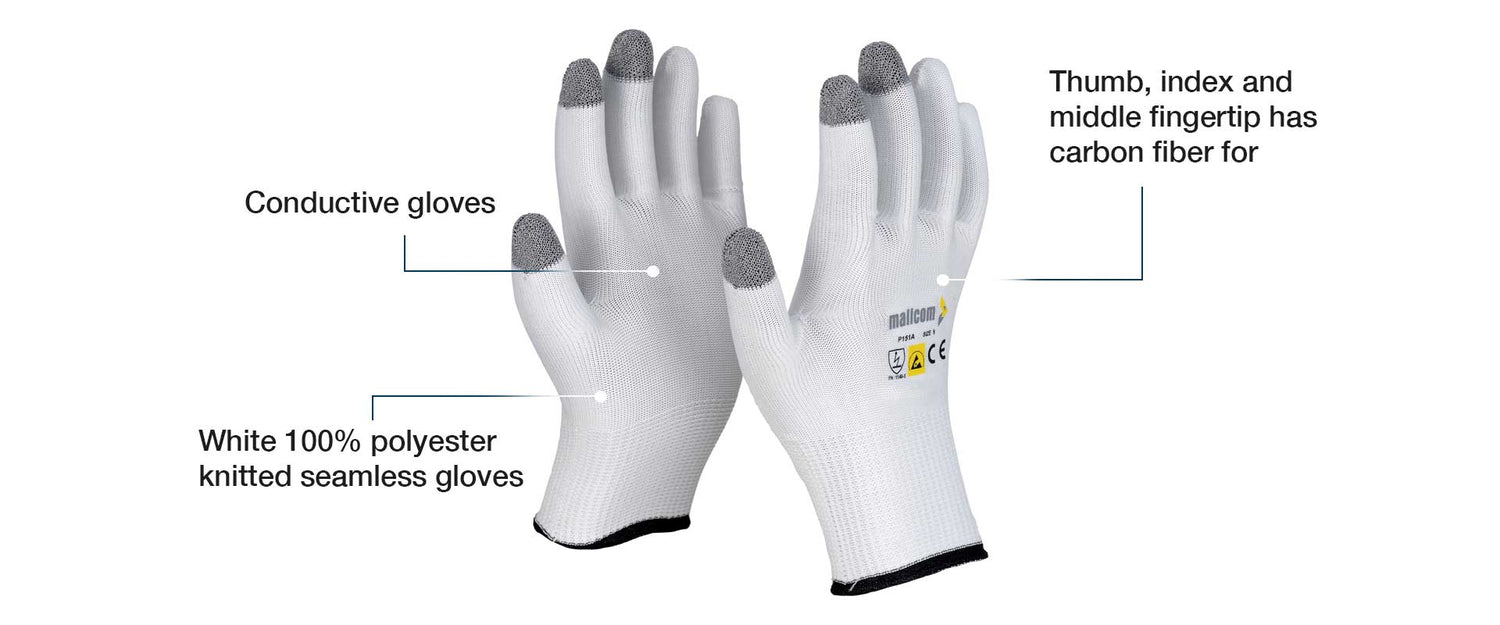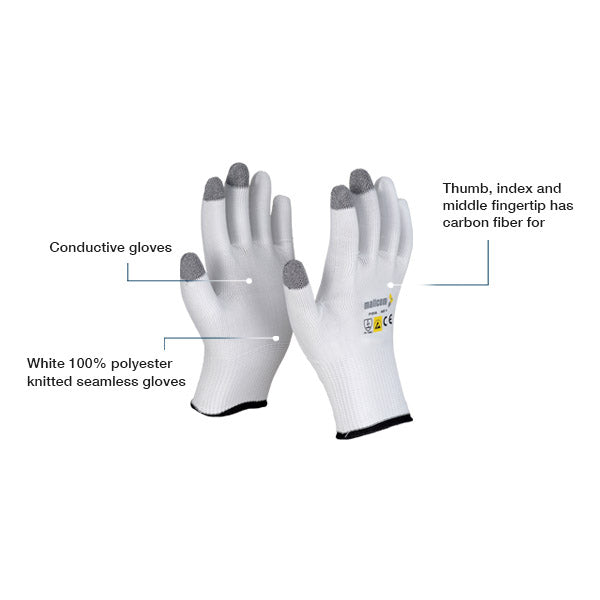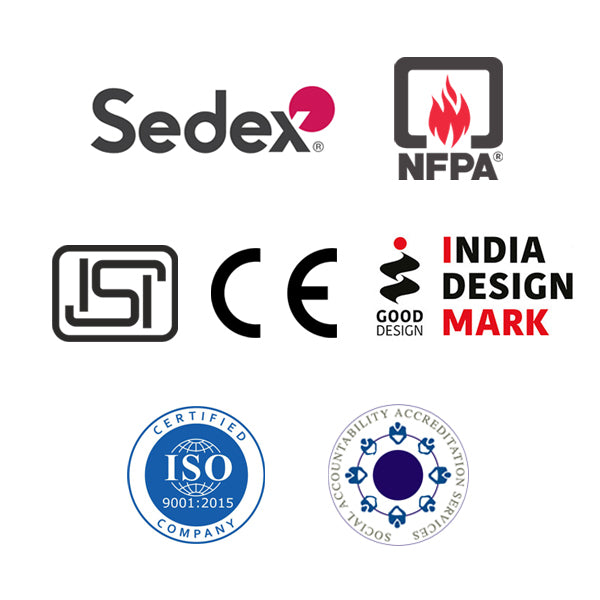P151A
Share
Knitted Gloves
- Electrical conductive seamless knitted glove
- 15G 100% polyester knitted white liner
- Carbon fibre treated thumb, index and middle fingertip
- Conforms to EN 388:2016
Reinforced
Cut Resistant
Dexterity
Knitted Wrist
Select Size
P151A

Size Chart
How to Measure
P151A

P151A

EN388
Delivery & Services

Easy Return
with our 15 days return poicy
Regular price
Rs. 0
Sale price
Rs. 0
Regular price

ABOUT THE DESIGN

USEFUL IN THESE INDUSTRIES
AUTOMOBILE
LOGISTICS
MAINTENANCE
MATERIAL HANDLING

Product Features
ABOUT THE DESIGN

USEFUL IN THESE INDUSTRIES
AUTOMOBILE
LOGISTICS
MAINTENANCE
MATERIAL HANDLING
Product Details
























